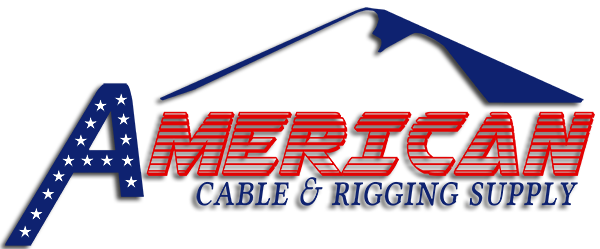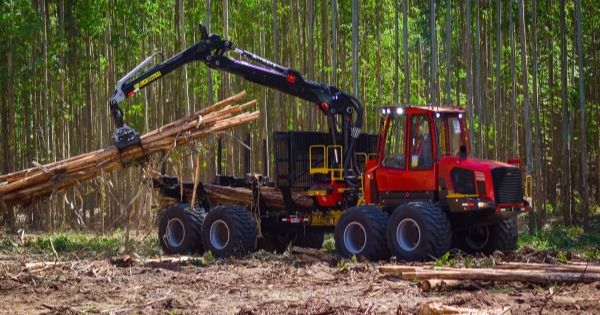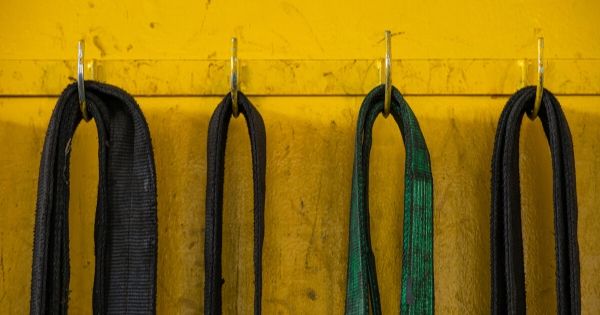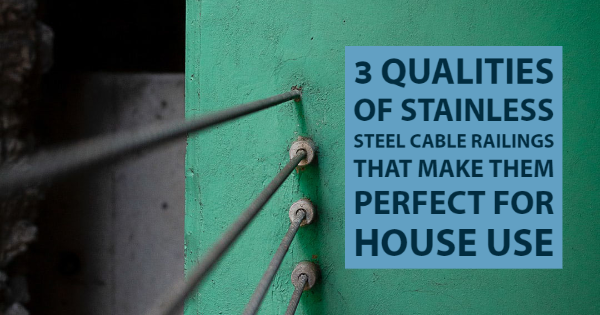The number one cause of death in the construction industry is accidents caused by falls. As there are a lot of heavy objects being lifted as construction goes on, sometimes the lifting slings malfunctions and leads to catastrophic falls. To avoid such dreadful experiences in your construction project, you should ensure that you use the right lifting slings to move, position, and lift a load. Choosing lifting slings should be easy once you fully understand how they function, in what environment they should operate, and the weight of load they should lift.
Lifting slings are classified as chain slings, web slings, wire rope slings, round slings, metal mesh slings, and synthetic rope. In selecting any of the types of slings for lifting, you should consider their strength and the maximum capacity of load, resistance to corrosion, and flexibility of the sling. Additionally, factor in the ease of inspection of the sling, the weight of the sling, resistance to abrasion, and ease of repair.
Lifting slings are generally a costly investment for most people who buy them, and it’s why some contractors prefer to hire. Whether buying or hiring, you should make sure that they will accommodate all aspects of all the objects you intend to lift. Especially when buying, you should ensure that you maintain them well so that they serve you longer without wearing out quickly.
You want to select the best lifting sling that’ll give you optimum service in your construction project. Therefore it’s important to consider these factors when choosing lifting slings.
1. The Weight and Fragility of the Load
Know, beforehand, the weight of the load you intend to lift. It will help you choose the lifting sling with matching strength. For instance, if you are lifting bulky generators or tanks, you can use synthetic web slings, because they will not only support the weight of the load but also save them from getting scratched. Your tank or generator would get scratched if you, instead, used wire rope slings. Remember that the aim is not only to lift an object but also to safeguard the object from getting damaged in the lifting process. Mostly, the heavier objects are usually made of hard metals, making them easy to lift using rough lifting slings such as alloy chain slings.
2. Center of Gravity of the Load
The shape and design of a load will tell you where the center of gravity is. You do not want to miss the center of the load when lifting, as the load will swing in a strong thrust and cause damage to people and property. When lifting irregularly- shaped objects, consider choosing lifting slings with the most flexibility. Synthetic slings work best for these objects with irregular shapes because they can easily roll around the object and take the object’s shape. Because of the flexibility of synthetic slings, you do not have to worry about the center of gravity when lifting rounded objects and other irregularly shaped objects. You can also consider using synthetic round slings and synthetic web slings for such objects.
3. Are the Objects Abrasive, Sharp-Edged, or Hot?
You might need to lift some objects that have sharp edges during the construction project. Here, you should remember that lifting slings such as synthetic rope slings and synthetic round slings can be torn by sharp-edged objects. If this happens, it will cause a catastrophic fall, and the object would get damaged. For sharp-edged and abrasive objects, consider using alloy chain slings or wire rope slings.
For hot objects, you should use metal mesh slings as they withstand hot temperatures. Metal mesh slings are also resistant to corrosion, so you can also use them to lift corrosive objects.
Are you wondering how to choose a lifting sling? You should buy from a trusted rigging supply company so that you get the best quality. This is, of course, after taking into account the environment the lifting sling will operate in, and the type of loads that you want the lifting sling to lift. You can also ask the rigging and supply company to help you filter through the different types of lifting slings. With their professional guidance, you are sure to make the best decision while choosing lifting slings.











Recent Comments